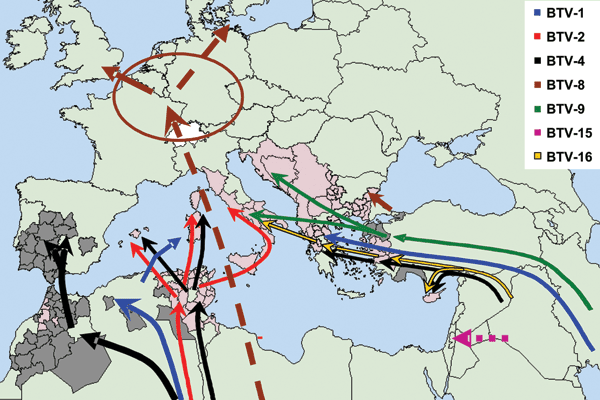It happens every year; either you or someone you know gets
the flu. And then it spreads. Suddenly every second person seems to be feeling
sick, having passed their illness on to those around them. Wouldn’t it be great
if we could predict which virus was causing the problem and tailor the flu
vaccine to preemptively protect you? Up until recently this sort of prediction
was done by humans who made logical guesses as to which strain of the virus was
most likely to rear its ugly head.
A new
paper by two computational biologists from the University of Columbia
explains how they hope to change that. Their approach was to outline all the
different families of the flu virus and create predictive models of their
potency and compare their genetic drift. Using this model they were able to predict with
93 percent accuracy which families will be the most widespread in the upcoming
year. As the article in Popular
Mechanics explains this is not a cure for the flu, nor does it solve
problems of unknown mutations appearing in variants of the virus, however it
does help to improve the vaccine and increase its effectiveness.
While mutations in flu viruses certainly pose a problem,
knowing which family to target should be more effective as similar strains are
still vulnerable to the same vaccine. The biggest challenge with new mutations
is when they affect the shell proteins of the virus, allowing them to hide
within an organism that doesn’t recognize their markings. This too is taken
into account by the model as certain families of viruses are more likely to
mutate in this way compared to others.
Nonetheless there is still a long way to go with the model.
It demonstrates a strong proof of concept, especially considering how volatile
the real world can be, but it still fell short in a number of areas.
Particularly in estimating the seasonal decline of a flu family, where it was
only correct three out of four times. This new model for predicting the
strength and likelihood of a particular virus is an exciting new tool for
scientists as they continue to fight against seasonal outbreaks.
Posted by: Kirk MacKinnon (B)



The tracking of the flu may not help to stop the virus from evolving, but maybe if this model can track to the exact place where the virus evolved, they could understand why it happened. From this, they could aim to study the mechanisms that have mutated and evolved and how populations of viruses became resistant to the past flu shot. Maybe there are environmental factors or human interaction that create conditions for this evolution to be favored. I think this can go a lot farther than just spreading awareness.
ReplyDelete-Nicole B
Its exciting to think that this might lower the incidence of a potentially fatal illness. Being able to predict what strains of the flu virus will be the most potent combined with the flu vaccine could very much alter how we treat it in the future.
DeletePosted by: Kirk M
This is an exciting study. Although I do not get the flu shot every year, I know many people who do. With this new study, maybe there will be even further ways to prevent a person from getting the flu. Being able to track where the flu originated from will hopefully drop the percentage of people who get flu a year.
ReplyDelete-Amber Vien
If we can accurately predict which strain will pose the most problem it would infinitely improve how effective the flu vaccine is. Instead of treating the flu as a natural part of life we could easily and cheaply avoid getting it by simply getting a yearly flu vaccine. This is a very exciting step forward.
DeletePosted by: Kirk M